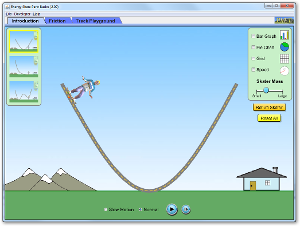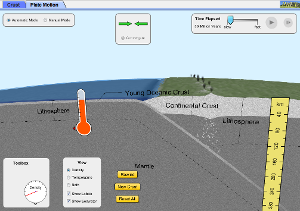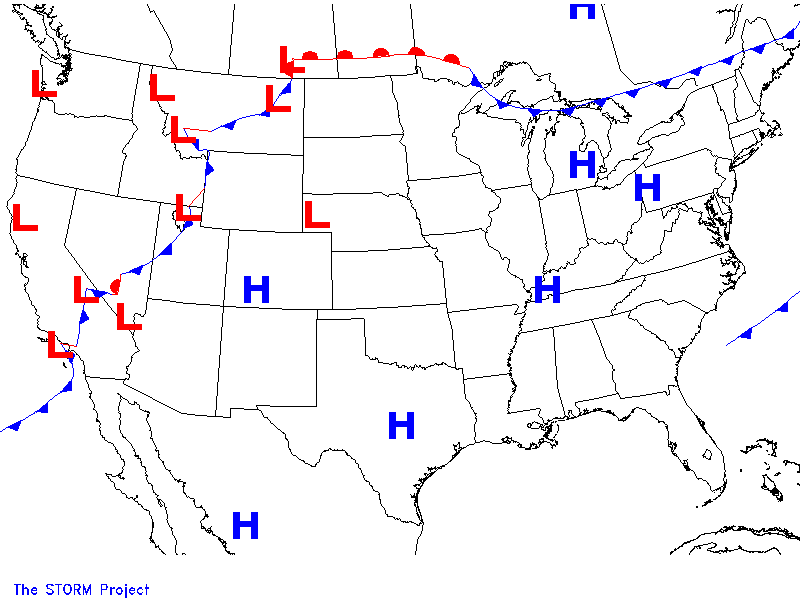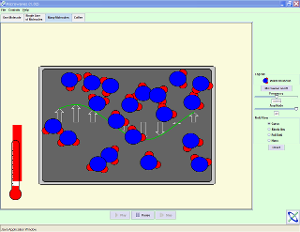====================
GRADING RUBRIC
| Criteria | Excellent | Acceptable | Marginal | Not Acceptable |
| Visual Quality | 8-10 | 6-7 | 3-5 | 0-2 |
| Audio | 8-10 | 6-7 | 3-5 | 0-2 |
| Use of Color | 8-10 | 6-7 | 3-5 | 0-2 |
| Tells a Story | 8-10 | 6-7 | 3-5 | 0-2 |
| Writeup | 8-10 | 6-7 | 3-5 | 0-2 |
Make a video using the web cam or a flip camera or cell phone that tells a story. It must use a series of shadow puppets. Audio will be added to this eventually. Be thinking of the following as you do this:
Personal Writeup
- What colors can you see on the completed video?
- What color of shadows can you see? Is this the same or different?
- What does the color tell you about the story? The mood?
- Can you explain a plot with a beginning, a middle, and an end? (Answer in one or two sentences)
- List a specific example in your video where there is a fuzzy-edged shadow( ____seconds) How was it formed?
- List a specific example in your video where there is a sharp-edged shadow( ____seconds) How was it formed?
- List a specific example in your video where there is a larger shadow( ____seconds) than the puppet. How was it formed?
- List a specific example in your video where there is a smaller shadow( ____seconds) than the puppet. How was it formed?
- A List a specific example in your video where there is a penumbra, or lighter shadow( ____seconds) How was it formed?
- List a specific example in your video where there is an umbra, or darker shadow( ____seconds) How was it formed?
- Were there any wavelengths of light you could not see in your video? How could you tell?
- Make a table and compare the qualities of light and sound.
- Explain how you could improve your video to make the mood better through lighting or to make the quality of the shadows better.
- Explain what each of the people in your group did on Tuesday and Wednesday. Be very specific.












